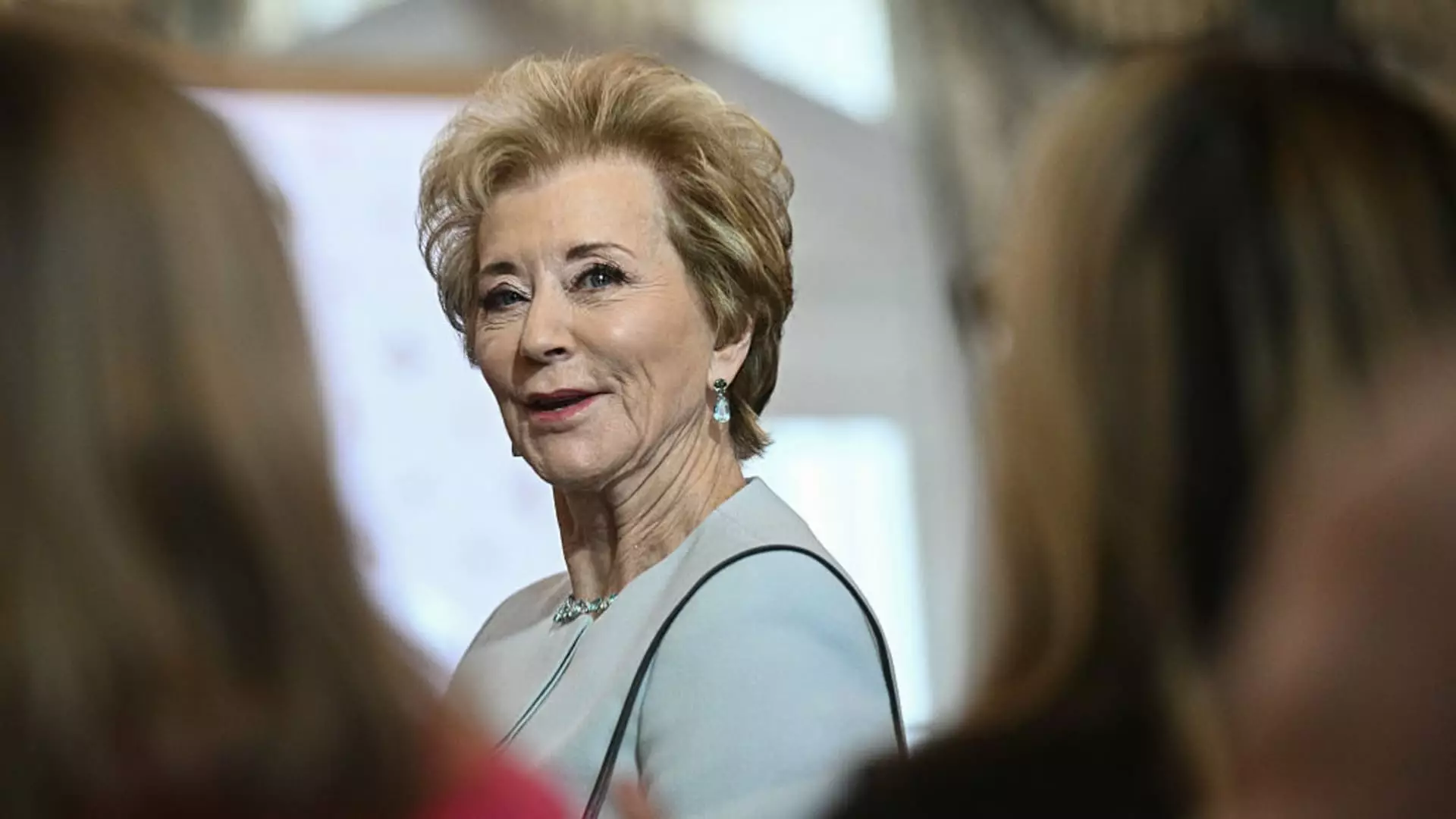In the heart of America, an alarming trend is unfolding, one that threatens the very teachers and caregivers who nurture the next generation and care for the elderly. Jason Collier, a dedicated special education teacher from Virginia, battles not just the strain of teaching but also the crushing burden of student debt. As he scrapes together pennies from a paycheck to fill his gas tank, he dreads the prospect of wage garnishment that looms like a storm cloud. The narrative of educators subjugated by student loans isn’t just a story—it’s a poignant reflection of a system that consistently prioritizes profit over people.
With the heavy hand of the U.S. Department of Education looming over him, Collier isn’t just afraid of losing 15% of his paycheck; he’s terrified of the ramifications for his family. Tightened finances mean that any unexpected repair—like a broken car or a hospital visit—may no longer be manageable. The scenario paints a bleak picture of teachers forced to choose between the noble calling of education and their essential needs at home. Collier’s story stands as a testament to the grievous consequences of an education system where well-meaning professionals can find themselves trapped in a cycle of debt, all while they educate and uplift others.
A Harsh Reversal From Temporary Relief
Unbeknownst to many, this dilemma escalated recently with the Trump administration’s decision to resume aggressive collection activities on federal student loans. After years marked by a moratorium on loan collections initiated during the pandemic, the repercussions of this reversal are catastrophic for millions. When over 5 million borrowers are already in default, the aggressive policies lead to punitive measures that do little to address the underlying issue of student debt.
Former U.S. Secretary of Education Linda McMahon’s comments on the necessity for borrowers to pay up fail to account for the real struggles of many Americans, illustrating a disconnect between policymakers and the populace at large. For them, paying off educational loans isn’t a matter of moral obligation; it’s a fight for survival in an environment where inflation relentlessly gnaws at the margins of everyday life. How can teachers like Collier maintain their livelihoods when they’re caught in a vise of insurmountable debt and rising costs?
The Tragedy of Financial Mismanagement
Consider Marceline Paul, a retiree whose dreams of returning to her homeland hang by a thread as the threat of garnishment floats over her Social Security benefits. Paul embodies the despair faced by many elderly citizens who find themselves shackled by student debt they accrued, often in the name of their children’s education. For years, they worked hard, paying into a system that now seems to abandon them at their time of need.
Receiving a notice that her Social Security could be affected turned her stomach in knots; it’s a situation that no American should face after a lifetime of diligence. Ultimately, the notion that a fraction of her meager benefits can be rerouted to repay loans casts a grim shadow over the retirement she deserves. The narrative painted here is steeped in irony: those who contribute their labor throughout their lives are left scrambling as they become aged dependents of a system that thrives on their pain.
Recklessness in the Face of Financial Reality
The uncertainties facing borrowers—especially among borrower representatives who feel bulldozed by broken communication channels—represent another layer of chaos. Take, for instance, Kia Brown, who has wrestled with the tangle of student loan bureaucracy. In a rapidly changing landscape where companies like Mohela and Navient are constantly shifting accounts, borrowers struggle to find stable footing. Public frustration simmers as they navigate a labyrinthine system designed more for profit than for any meaningful relief.
The claims that borrowers are simply “dodging” their payments don’t hold water in the eyes of many who understand the real struggle. In fact, many are blissfully unaware of impending obligations that could leave their families destitute. Conversations around student debt often overlook the overwhelming logistical issues borrowers face, fueling a narrative that scapegoats the victims while favoring institutions that have profited from their despair.
Grappling with a Broken System
As disruptive lawsuits hold up beneficial plans initiated by the Biden administration, the disillusionment and anger of struggling borrowers genuinely resonate. Amid the chaos, the irony remains poignant: as American society champions education, the burdens placed upon those trying to obtain it are becoming intolerable. Instead of lifting up teachers and patients alike, our educational and governmental systems are perpetuating cycles of suffering.
With the clock ticking, and financial stability hanging by a thread, the only outcome seems heartbreakingly clear: without genuine reform, the harsh reality of student debt continues to conceal a tragic narrative of loss and desperation. Educators and retirees, once pillars of society, are left navigating a system that all too often feels broken—caught in a bewildering cycle of debt with no end in sight.

